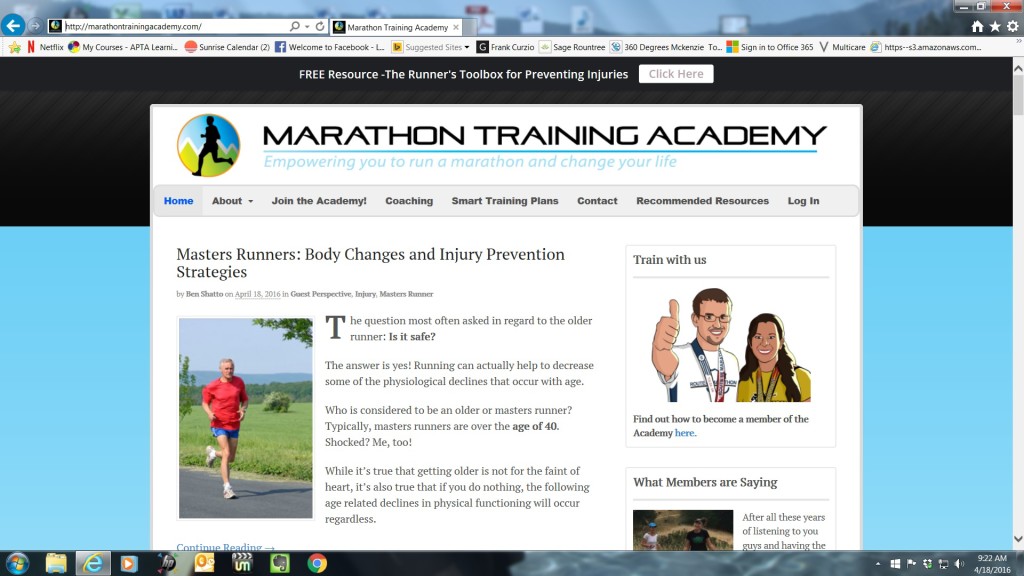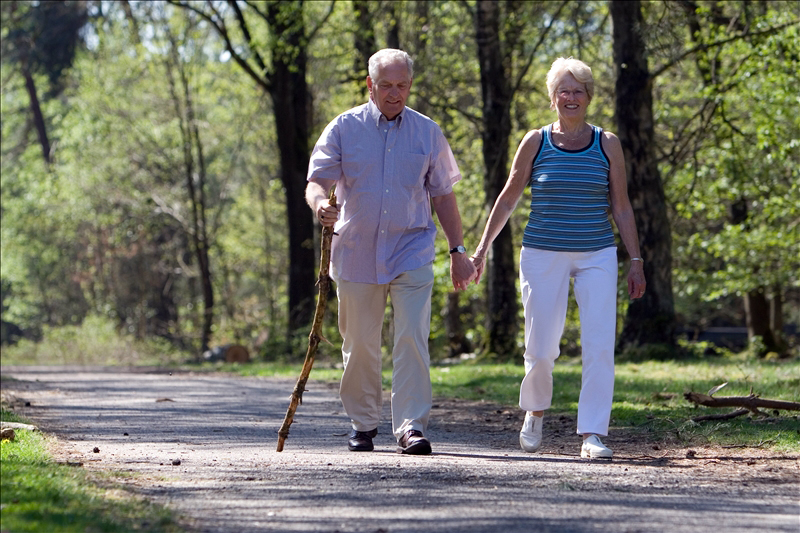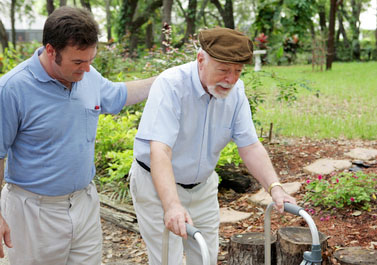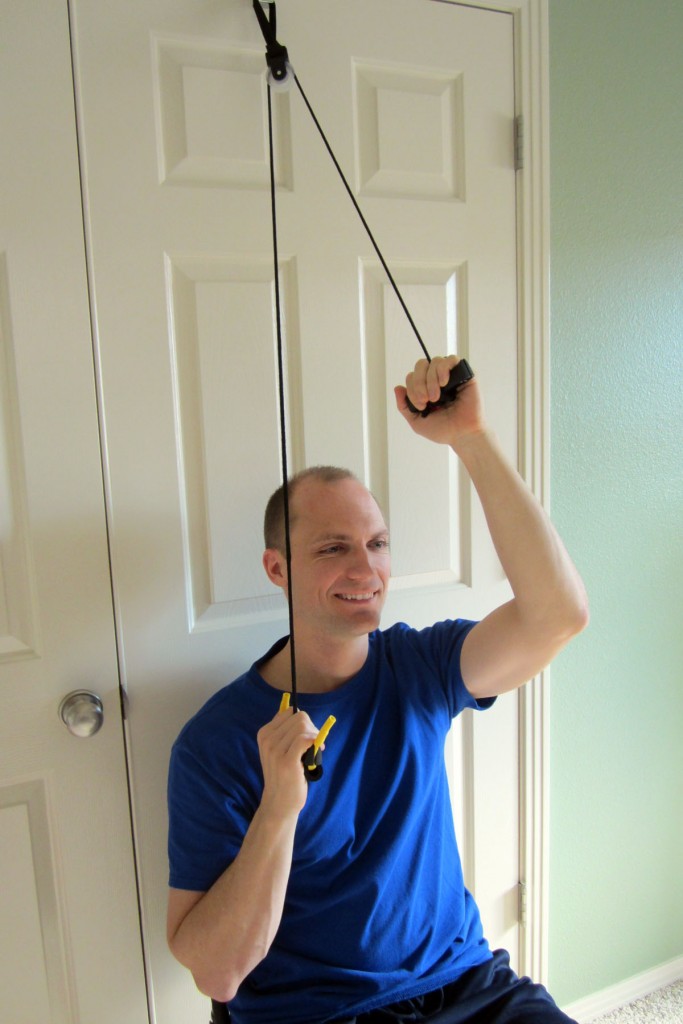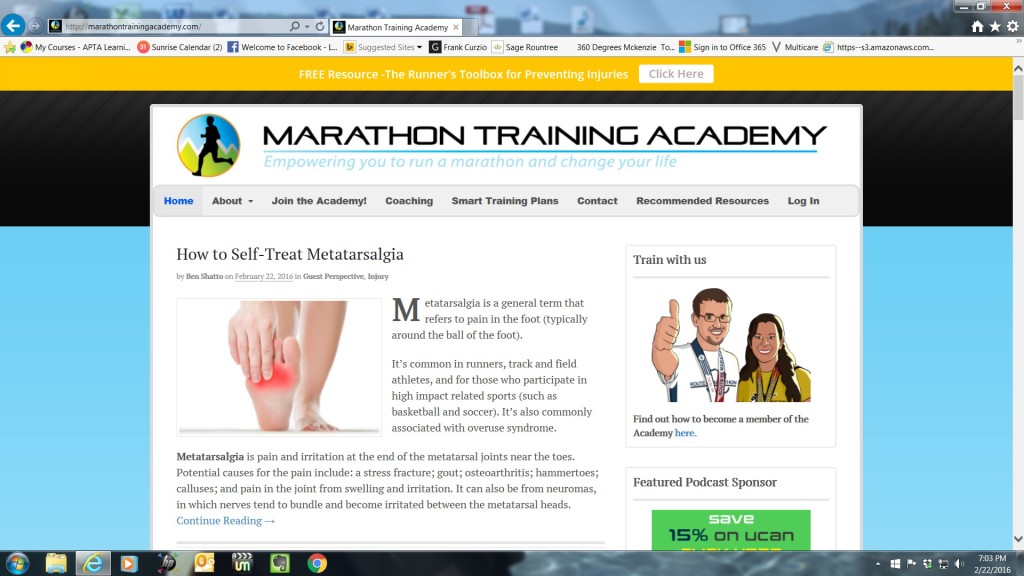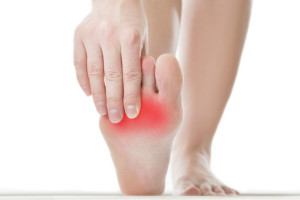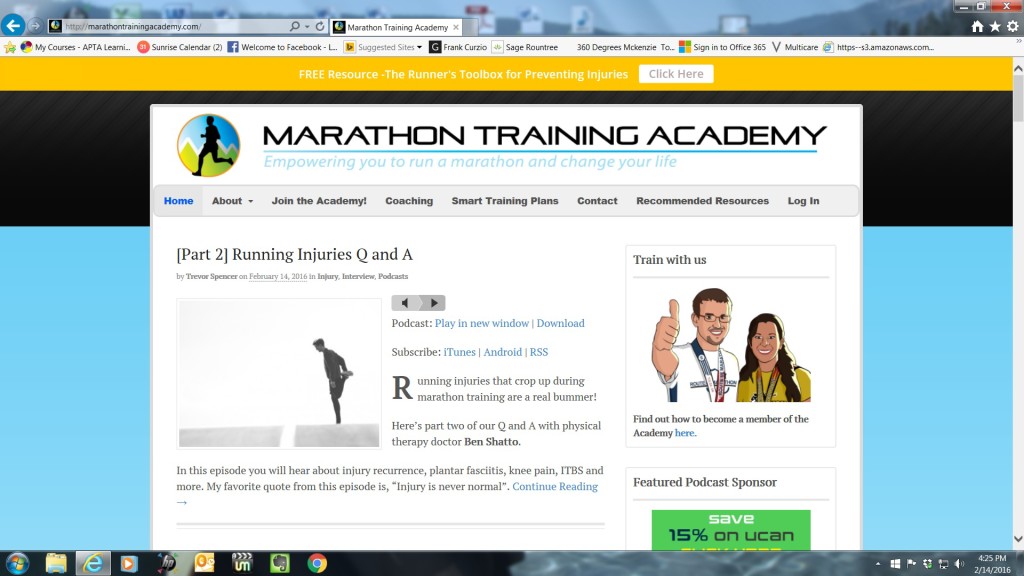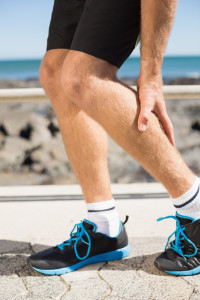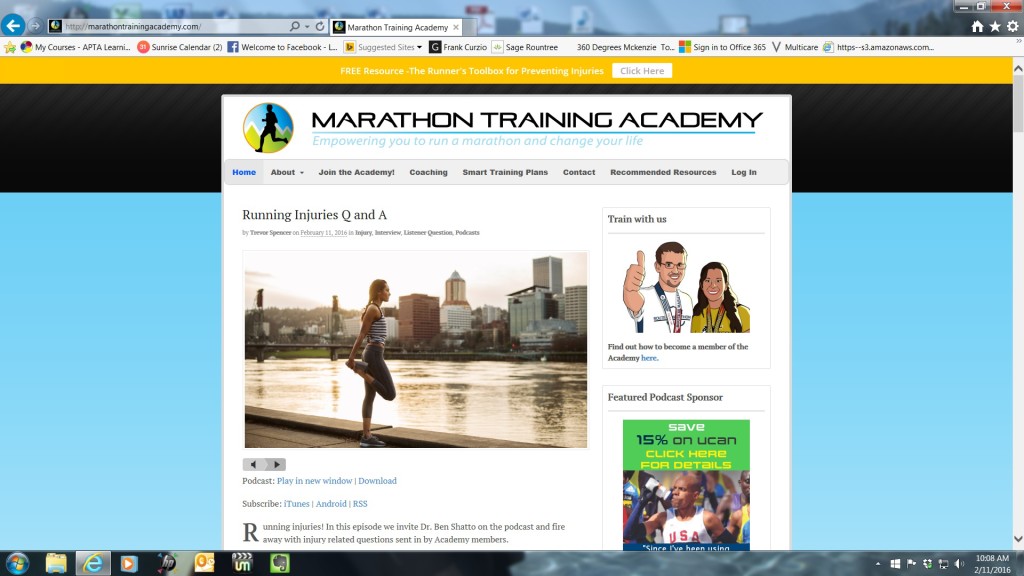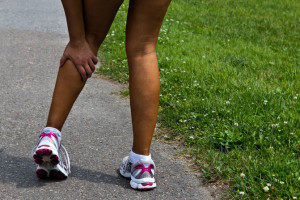There are many aspects that should be addressed as part of a thorough fall prevention program. None of them should be to limit mobility except in only the most extreme scenarios. A thorough exercise program is a critical first step in reducing falls. The American College of Sports Medicine (ACSM)’s Exercise and the Older Adult and The Office of Disease Prevention and Health Promotion’s Physical Activity Guidelines both state the need for all adults (and especially, older adults) to remain active in order to reduce the risk of falling.
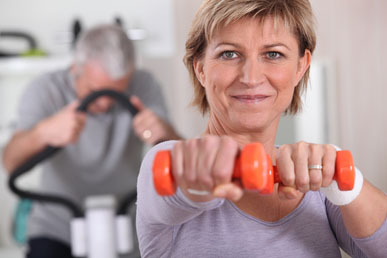
A thorough exercise program should address the following four basic areas of fitness and mobility: balance; strength; cardiovascular (aerobic conditioning); and flexibility. Before starting a new exercise program, it’s best to consult with your physician to resolve any potential medication issues and be certain that you are healthy enough for exercise.
Balance
Visual System
This is the relationship of the head and eyes to your surroundings. Most people are very dependent on their eyesight for balance. Eyesight is easily impaired in dark or dimly lit environments. It tends to decrease with age due to medical conditions, such as glaucoma or macular degeneration.
Vestibular System
Our vestibular system is part of our inner ear. It provides us with information on head acceleration and gravity. It also works closely with our brains to process information on the head’s position in its environment. It helps us produce reflexes which affect our sense of equilibrium and our eyes’ ability to hold a gaze on a desired target.
Somatosensory / Proprioceptive System
The integration of the neurological system (including the brain and nerves throughout the body) with the musculoskeletal system is the somatosensory system. This includes all the touch and movement nerve receptors in the muscles, tendons, and joints. This also includes our ability to distinguish between hot and cold.
Proprioception, which is part of the somatosensory system, is a fancy word describing our brain’s ability to know where we are located in space. For example, if we close our eyes and lift our arms overhead, we know where our arms are located.
A common problem affecting the somatosensory system is neuropathy. One very common form of neuropathy is from diabetes. Neuropathy is when the nerve cells (typically in the extremities like hands and feet) will die. This may be due to poor blood supply, trauma, infection, disease, or even side effects from medication. The death of the nerve is the “neuropathy” which presents initially when a person may feel cramping, shooting or burning pain. Ultimately, it affects the person’s ability to feel sensations which causes numbness. Having numb feet makes it very difficult to balance!
For more information on balance, please refer to Q & A: How Do I Improve Balance? (Part I).
Strength
Strength training is ideally performed two or more days a week and includes a rest day in between sessions. The focus should be on a slow regular progression of weight bearing exercises which are designed to improve posterior chain strength. This includes the back extensors, buttocks, and hamstring muscles. The focus should also be on the calves and quadriceps muscles. Each plan must be designed for you as the individual.
The overload principle states that a greater than normal stress or load on the body is required for training adaptation to take place. The one exercise that should be addressed in some form or another is the squat. This basic movement insures that you can move from a sitting to standing position.
In short, the squat works just about every muscle in the trunk down toward the legs. These muscles are critical for all functional mobility related movements, including walking; getting up from a chair or a toilet; or picking up someone or something. The squat is a critical exercise to maintain mobility and function as we age.
Cardiovascular (Aerobic Conditioning)
Aerobic conditioning is ideally performed for a total of 150 minutes per week. It should be performed in at least ten minute intervals at a moderate intensity.
High Intensity Training (HIT) or High Intensity Interval Training (HIIT) may also be implemented into a cardiovascular training program. The research on the effectiveness of HIT continues to grow. Even more impressive are the findings that HIT can be safely performed at any age and with almost every medical condition. It’s now even being implemented in many progressive Cardiopulmonary Rehabilitation Programs, where people are recovering from all kinds of cardiac and pulmonary disorders such as COPD, heart attacks, and heart valve replacements.
Perform your cardio activity in short bursts (ranging from 30-60 seconds at a time) followed by a one to two minute recovery. The 30-60 seconds should be at a high intensity, meaning your rate of perceived exertion (RPE) is high. You should be breathing heavy. Accommodations can be made for almost any type of medical condition. For example, HIT may be performed while using a stationary bicycle, an upper body only bicycle, a rowing machine or in the pool. You can also walk uphill at a quick pace, then stop and rest. The point is to get your heart rate up, and then bring it back down for a full recovery prior to repeating.
Walking should also be implemented into a daily cardiovascular program. Ideally, your walking program will be separate from your specific 150 minutes of cardiovascular exercise per week.
Flexibility
Stretching is ideally performed 10-15 minutes for five days per week. An excellent time to work on a flexibility program is after a workout. Static stretching is an excellent method to maintain flexibility, and it’s ideal to perform during a cool down.
Tai Chi is an excellent form of exercise that positively affects your flexibility, strength, and stability while stimulating the somatosensory system. Yoga, like Tai Chi, also addresses many of these same areas.
Foam rolling is also an excellent method to improve flexibility. Individuals taking blood thinning medications or with blood clotting disorders should consult his/her physician prior to using a foam roller for mobilization.
For more information on flexibility, please refer to How to Maintain Healthy Joint Motion.
Each exercise program should be tailored to the individual. A physical therapist can help you design and implement an exercise program. Physical therapists can also help you address the risk factors listed in What You can do to Prevent Falls.
The American Physical Therapy Association (APTA) offers a wonderful resource to help find a physical therapist in your area. In most states, you can seek physical therapy advice without a medical doctor’s referral (although it may be a good idea to hear your physician’s opinion as well).
Which area of fitness and mobility (balance, strength, cardiovascular, and flexibility) could you specifically improve on in order to reduce your risk of falling? Please leave your comments below.
If you have a question that you would like featured in an upcoming blog post, please comment below or submit your question to contact@thePhysicalTherapyAdvisor.com. Be sure to join our growing community on Facebook by liking The Physical Therapy Advisor!
Disclaimer: The Physical Therapy Advisor blog is for general informational purposes only and does not constitute the practice of medicine or other professional health care services, including the giving of medical advice. No health care provider/patient relationship is formed. The use of information on this blog or materials linked from this blog is at your own risk. The content of this blog is not intended to be a substitute for professional medical advice, diagnosis, or treatment. Do not disregard, or delay in obtaining, medical advice for any medical condition you may have. Please seek the assistance of your health care professionals for any such conditions.
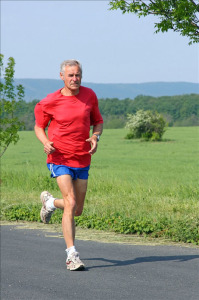 The question most often asked in regard to the older runner: Is it safe? The answer is yes! Running can actually help to decrease some of the physiological declines that occur with age. Who is considered to be an older or masters runner? Typically, masters runners are over the age of 40. Shocked? Me, too!
The question most often asked in regard to the older runner: Is it safe? The answer is yes! Running can actually help to decrease some of the physiological declines that occur with age. Who is considered to be an older or masters runner? Typically, masters runners are over the age of 40. Shocked? Me, too!
